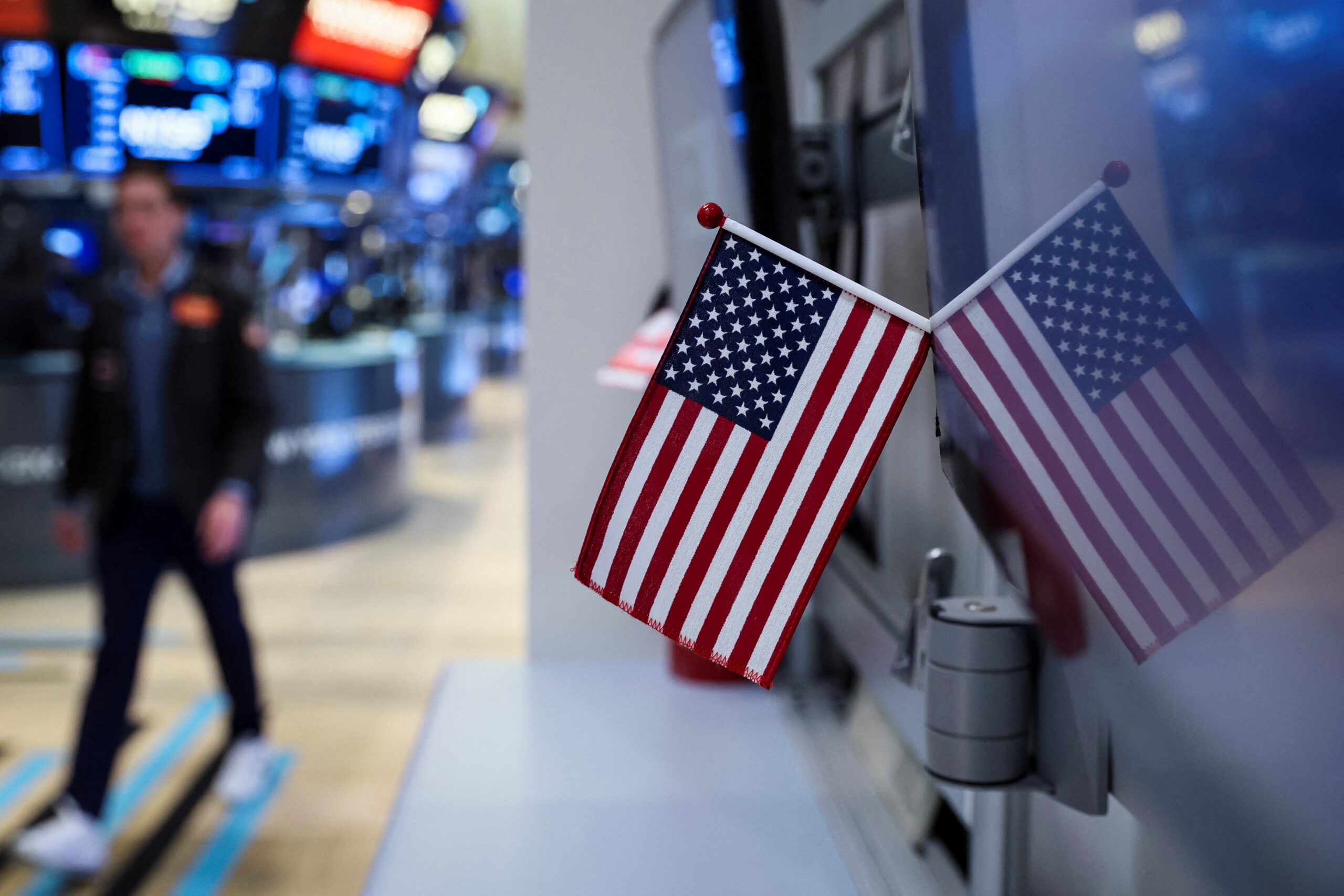
- Indices
- Stocks
Wall Street rose in final week of 2023
Do you want to know how to make money from this?
Register for free and get expert advice, access to a training course and webinars.
Key points:
- US stocks continued their rally early in the final week of 2023.
- All three major U.S. indexes rose, with the S&P 500 hitting its highest intraday level since January 2022.
- US inflation is slowing and approaching the Fed’s target of 2%.
US stocks extended their upward trend on Tuesday, kicking off the final week of 2023 amid expectations that the Federal Reserve will initiate interest rate cuts as early as March.
All three major US stock indices climbed in trading the day after Christmas, with the S&P 500 index reaching its highest intraday level since January 2022. All three indices are poised for monthly, quarterly, and annual gains.
The three indices posted their eighth consecutive weekly gain on Friday as economic data indicated that inflation was easing and approaching the Fed’s average annual target of 2%.
The Dow Jones Industrial Average (.DJI) advanced by 159.36 points, or 0.43%, to close at 37,545.33. The S&P 500 (.SPX) gained 20.12 points, or 0.42%, to finish the day at 4,774.75. The Nasdaq Composite Index .IXIC tacked on 81.60 points, or 0.54%, to end at 15,074.57.
US stocks are at a good time
Across all 11 major sectors of the S&P 500 index, stocks closed in positive territory. Energy stocks (.SPNY) led the charge with the largest percentage gain, fueled by rising oil prices. The Middle East’s geopolitical tensions stoked concerns about supply, while the prospect of a Fed rate cut ignited hopes for demand.
Manchester United’s shares soared by 3.4% following the long-awaited acquisition of a 25% stake in the football club by billionaire Jim Ratcliffe for $33 per share.
Gracell Biotechnologies’ (GRCL.O) shares skyrocketed by a staggering 60.3% after AstraZeneca (AZN.L) announced its plans to purchase the Chinese firm for a hefty $1.2 billion.
Intel Corp’s (INTC.O) shares climbed 5.2% after the Israeli government extended a $3.2 billion grant for a $25 billion chip manufacturing facility the company intends to establish in southern Israel.
The S&P 500 index established 50 fresh 52-week highs but no lows. The Nasdaq Composite Index registered 222 new highs and 48 new lows.
US exchange trading volume was 9.99 billion shares, compared with the average daily volume of 12.56 billion shares during the previous 20 trading days.
These figures suggest that trading was lighter than usual, and that the upward market movement was driven by selective buying rather than broad-based enthusiasm.
What is the general trend?
Both analysts and traders are optimistic.
“Momentum continues towards growth”
– commented Peter Cardillo, chief market economist at Spartan Capital Securities in New York, noting, however, that a strong rally is unlikely during the holiday period.
“We had good inflation data on Friday. If inflation continues to decline in January and February, there is a good chance the Fed could cut rates sooner than expected.”
The S&P 500 index is on track for its strongest quarterly gain in three years and is nearly within reach of its all-time closing high set in January 2022.
A closing level above 4796.56 would signify that the benchmark index has officially transitioned from a bear market to a bull market, meaning it has resumed its upward trajectory after a significant decline.
This recent bull market rally, which has lasted for eight weeks, gained momentum two weeks ago after the Federal Reserve indicated that it would be ending its cycle of interest rate hikes and potentially even consider lowering rates in 2024.
According to the latest data from the Chicago Mercantile Exchange’s (CME) FedWatch tool, markets are currently pricing in a 72.7% probability of the Fed reducing its target interest rate by 25 basis points as early as March.
This anticipation of a rate cut has fueled investor optimism and contributed to the stock market’s recent surge.
Do you want to know
How to make money from the news
Register for free and get:
- Expert consultation;
- Access to the training course;
- Opportunity to participate in webinars

